Beijing's Cultural Treasures Unveiled
Join us for a captivating free walking tour through Beijing's iconic landmarks, where history and culture come alive at every turn.
Time
3 Hours
Stops
9 Places
Distance
9.5 km
Tiananmen Square
Start your tour at Tiananmen Square, a monumental area known for its significant cultural and historical importance as the heart of modern China.
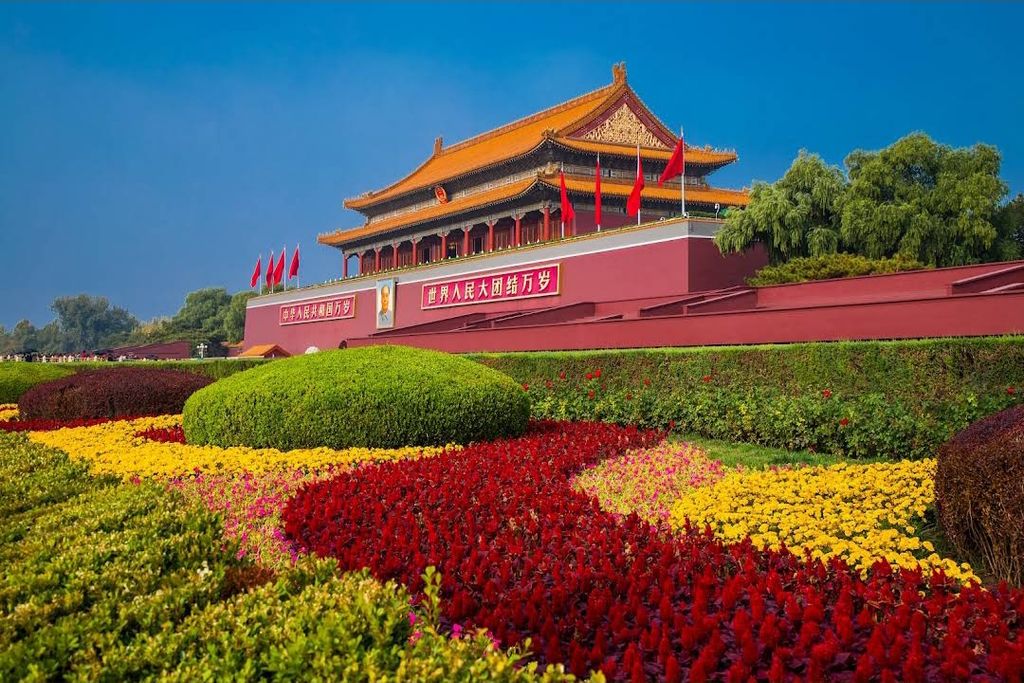
Tiananmen Square (Source: Google Maps)
Tiananmen Square is a vast public space in the heart of Beijing, known for its historical significance as the site of numerous important events in Chinese history. It is surrounded by monumental buildings, including the Great Hall of the People and the National Museum of China. The square features the iconic Tiananmen Gate, which displays a portrait of Mao Zedong, and serves as a symbol of the Chinese nation. With a capacity to hold over a million people, it has hosted various political gatherings and celebrations, making it a focal point for national pride and remembrance.
Forbidden City (Palace Museum)
Walk a short distance north to the Forbidden City, the largest ancient palatial structure in the world, showcasing the grandeur of Chinese imperial architecture.
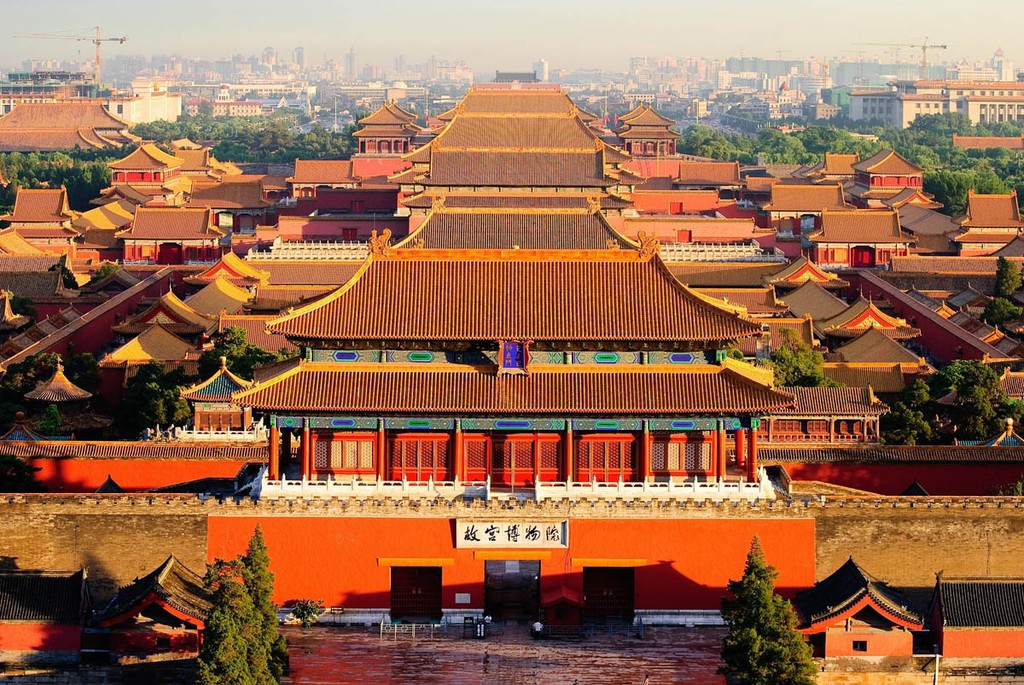
Forbidden City (Palace Museum) (Source: Google Maps)
The Forbidden City, also known as the Palace Museum, is a UNESCO World Heritage site and the largest ancient palatial structure in the world. Built during the Ming Dynasty, it served as the imperial palace for 24 emperors over nearly 500 years. The complex consists of approximately 980 buildings, showcasing traditional Chinese palatial architecture with intricate wooden structures, golden roofs, and beautiful courtyards. The Forbidden City is not only a symbol of imperial power but also a treasure trove of Chinese art and culture, housing thousands of historical artifacts that reflect the rich history of the nation.
Jingshan Park
Head north to Jingshan Park, where you can enjoy panoramic views of the Forbidden City and central Beijing from the hilltop pavilion.
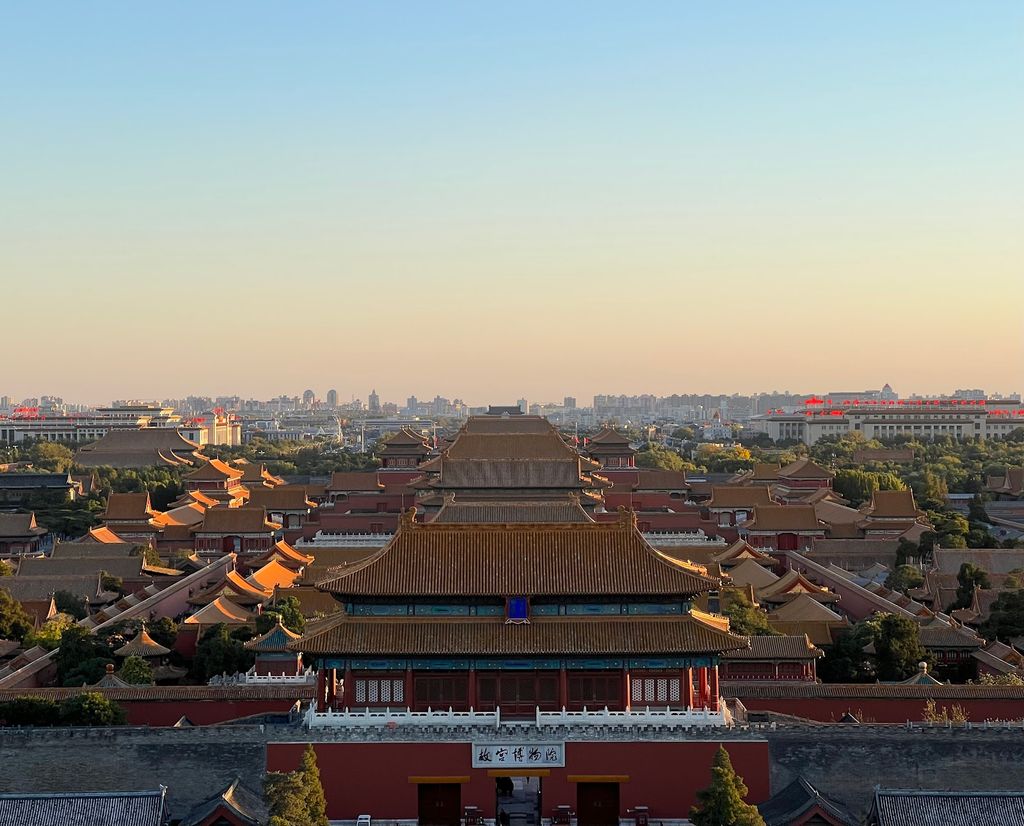
Jingshan Park (Source: Google Maps)
Jingshan Park, located just north of the Forbidden City, is a historic park that offers some of the best panoramic views of Beijing. The park was originally an imperial garden during the Ming and Qing dynasties and features a central hill made from the earth excavated during the construction of the Forbidden City. The highest point in the park provides a stunning vantage point to see the Forbidden City, as well as the modern skyline of Beijing. The park is also home to ancient cypress trees, some of which are over a thousand years old, and various pavilions that enhance its natural beauty.
Beihai Park
Continue your journey west to Beihai Park, a former imperial garden with beautiful landscapes, a large lake, and the iconic White Dagoba.
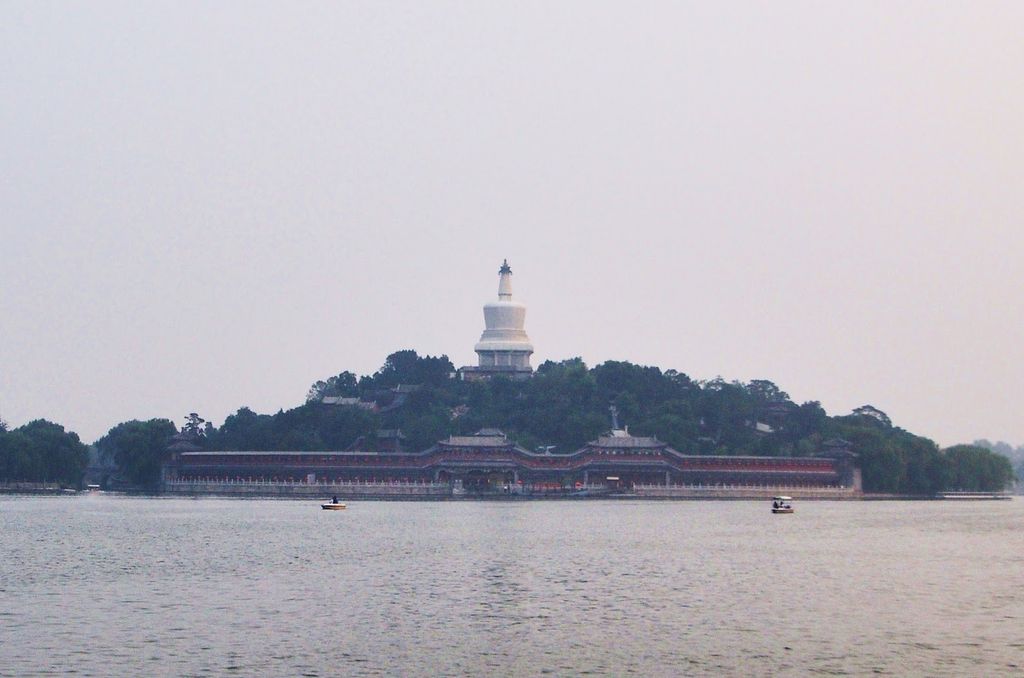
Beihai Park (Source: Google Maps)
Beihai Park is one of the oldest and most well-preserved imperial gardens in China, dating back to the 11th century. It features a large lake, the White Dagoba, and beautifully landscaped gardens that reflect classical Chinese garden design. The park was a retreat for emperors and their families, showcasing traditional architecture and cultural significance. The White Dagoba, a stupa built in the Tibetan style, is a prominent feature that symbolizes the harmony of different religious beliefs. Visitors can enjoy boat rides, walk along the scenic paths, and explore the various temples and pavilions throughout the park.
Prince Gong’s Mansion
Head slightly west to Prince Gong’s Mansion, a well-preserved Qing Dynasty residence with exquisite gardens and historic architecture.
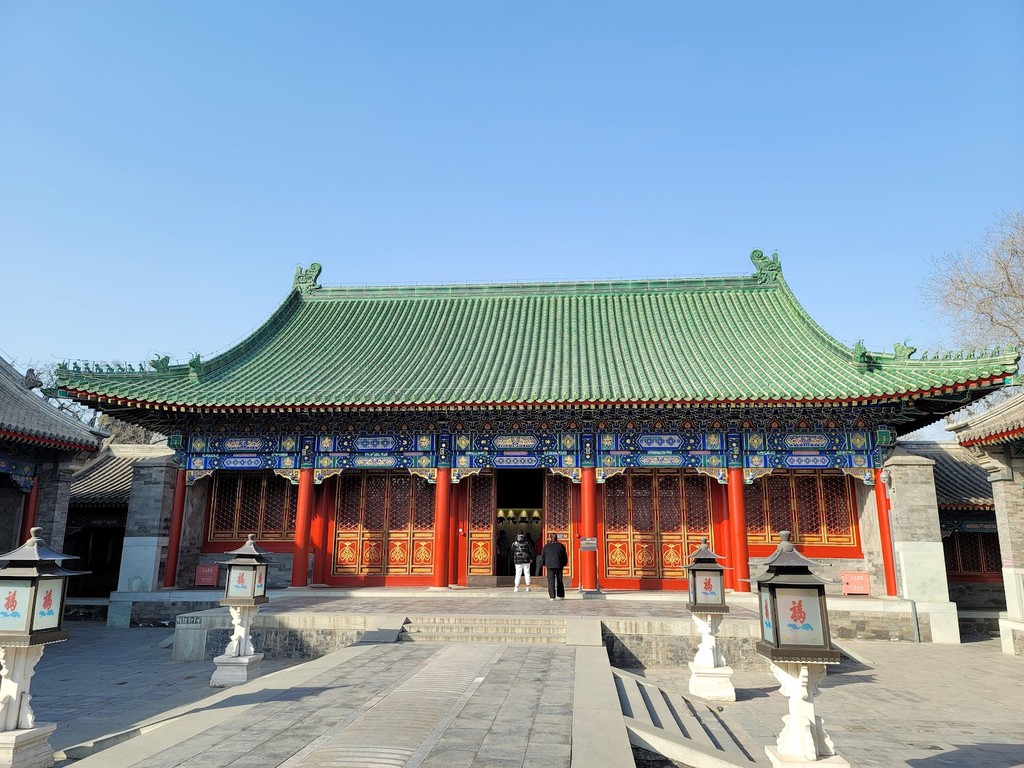
Prince Gong’s Mansion (Source: Google Maps)
Prince Gong's Mansion is a remarkable example of a well-preserved Qing Dynasty residence, showcasing the grandeur of imperial architecture and garden design. Built in the 18th century, it was the residence of Prince Gong, a prominent figure in the Qing court. The mansion features exquisite gardens, traditional halls, and intricate decorations that reflect the lifestyle of the aristocracy during the Qing era. Visitors can explore the various rooms, including the main hall and the study, and appreciate the blend of Han and Manchu architectural styles that characterize the mansion.
Bell and Drum Towers
Walk a little north to the Bell and Drum Towers, ancient timekeeping edifices that provide insight into Beijing's past.
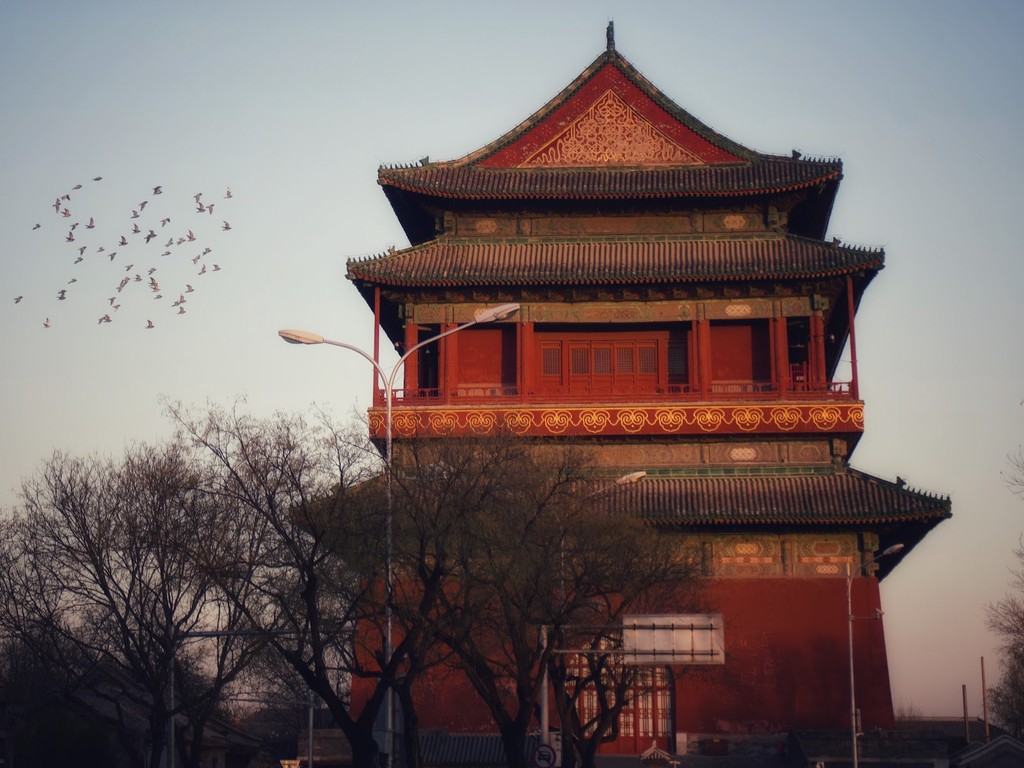
Bell and Drum Towers (Source: Google Maps)
The Bell and Drum Towers are ancient timekeeping structures located in the heart of Beijing. Built during the Yuan Dynasty, these towers served as important landmarks for the city's residents, signaling the time of day. The Bell Tower houses a large bronze bell that was struck to announce the hours, while the Drum Tower features a series of drums that were used for similar purposes. Both towers are prime examples of traditional Chinese architecture, with their ornate roofs and intricate wooden beams. Today, they provide insight into Beijing's historical significance and serve as popular tourist attractions.
Hutong Tour (Nanluoguxiang)
Venture eastward to Nanluoguxiang, a historic alleyway that offers a glimpse into Beijing's traditional hutong neighborhoods and vibrant street life.
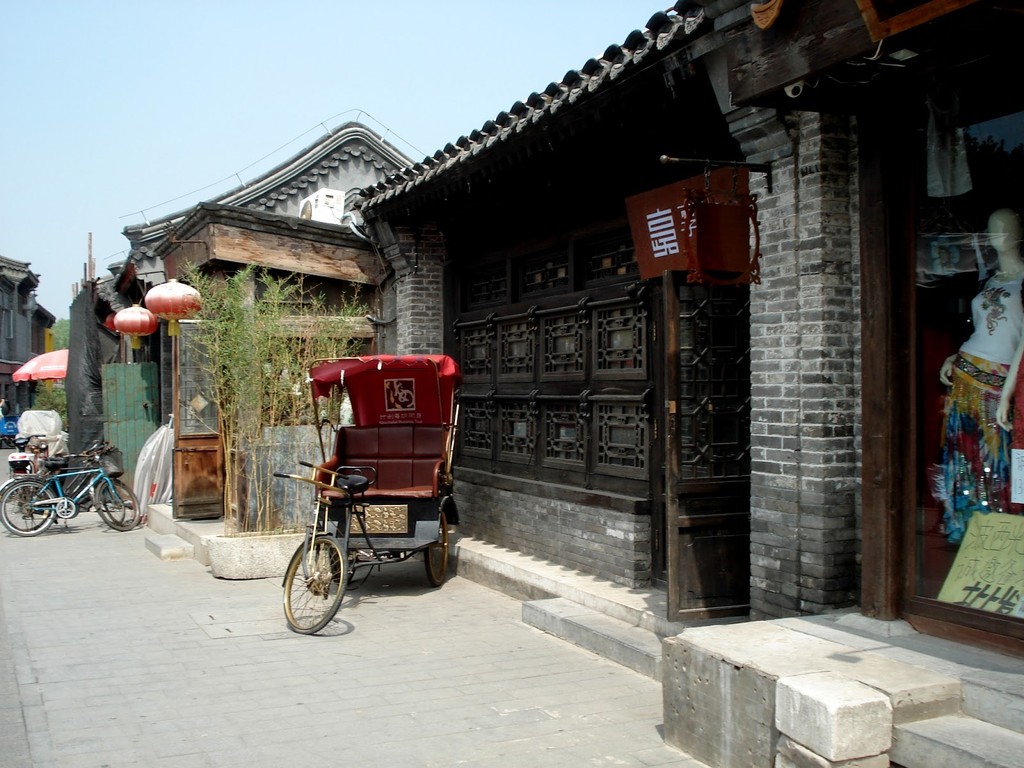
Hutong Tour (Nanluoguxiang) (Source: Google Maps)
Nanluoguxiang is one of Beijing's most famous hutongs, or traditional alleyways, offering a glimpse into the city's historical neighborhoods. This area is lined with charming courtyard homes, shops, and eateries that showcase the vibrant street life of Beijing. Visitors can wander through the narrow lanes, experiencing the unique architecture and local culture. Nanluoguxiang has become a hub for trendy cafes, art galleries, and boutique shops, blending the old with the new. The hutong reflects the communal lifestyle of Beijing's residents and is a beloved destination for both locals and tourists.
Houhai Lakes
Stroll northwest to Houhai Lakes, a scenic area where you can enjoy the local atmosphere and observe traditional courtyard homes.
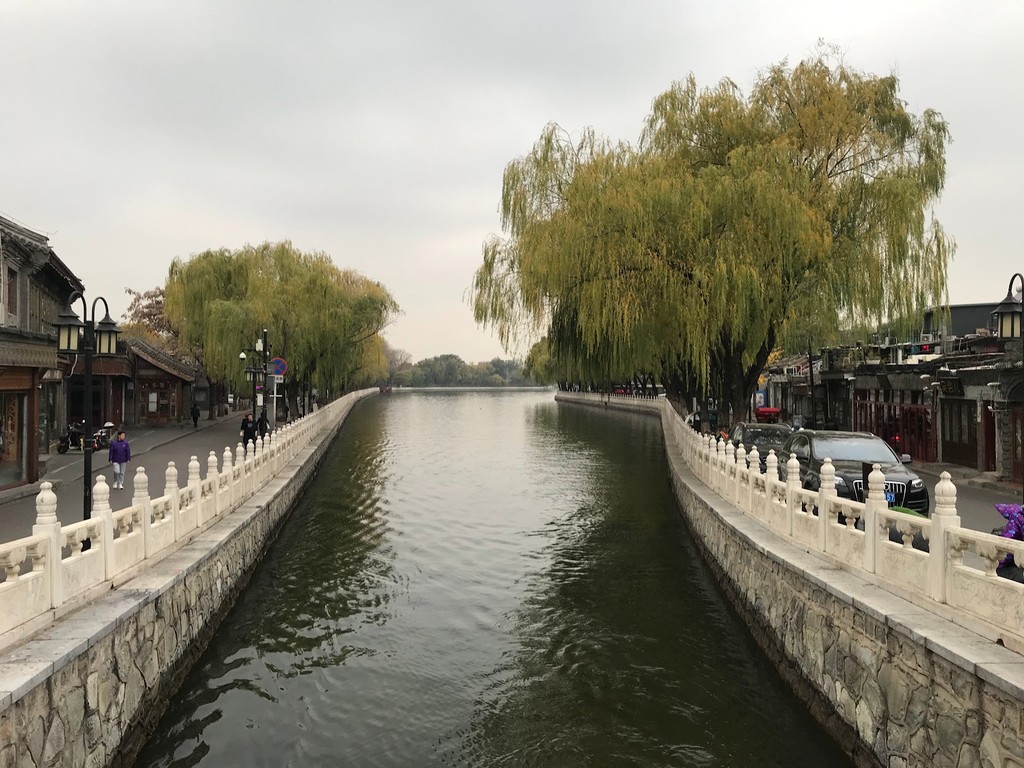
Houhai Lakes (Source: Google Maps)
The Houhai Lakes area is a scenic destination in Beijing, known for its picturesque lakes, traditional courtyard homes, and lively atmosphere. This area has a rich history, once serving as a royal garden during the Ming and Qing dynasties. Today, it is a popular spot for locals and tourists alike, offering opportunities for boating, dining, and enjoying the vibrant nightlife. The lakes are surrounded by willow trees and historic architecture, creating a tranquil environment in the heart of the city. Visitors can explore the many bars and restaurants that line the lakeside, providing a unique blend of culture and leisure.
Shichahai Scenic Area
End your tour at Shichahai, a picturesque area known for its lively lakeside ambiance and rich cultural heritage.
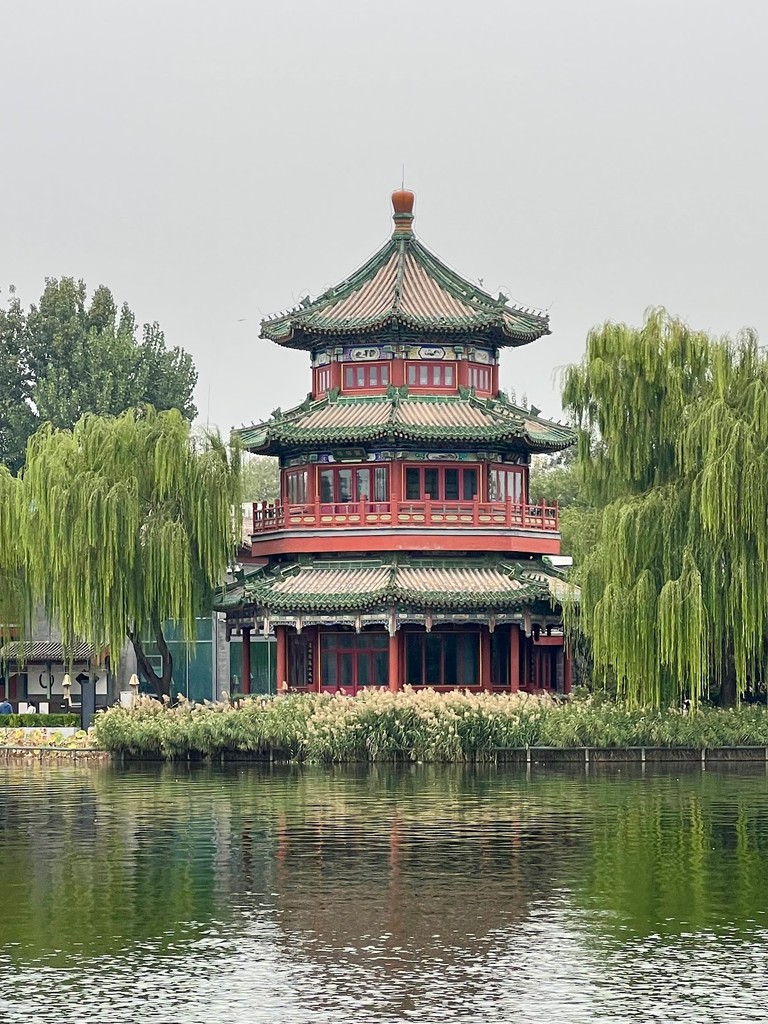
Shichahai Scenic Area (Source: Google Maps)
Shichahai is a picturesque scenic area in Beijing, famous for its beautiful lakes, historic sites, and rich cultural heritage. The area consists of three lakes: Qianhai, Houhai, and Xihai, all surrounded by charming traditional architecture. Shichahai was once a thriving center for commerce and trade, and today it remains a vibrant area filled with restaurants, bars, and cultural venues. Visitors can take leisurely boat rides, stroll along the lakeside paths, and explore the nearby hutongs, immersing themselves in the local culture. The scenic beauty and historical significance of Shichahai make it a must-visit destination in Beijing.

Your travels, your rules.
Create your own Free Walking Tours.
Set your preferences, distances and anything you want to do or see.
Completely free, no payment required.